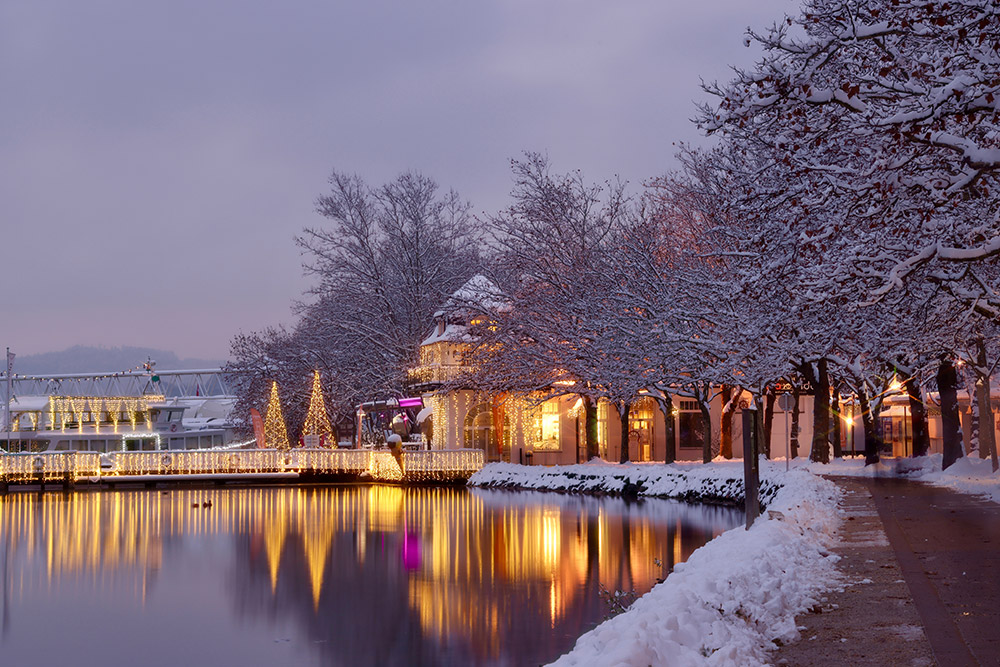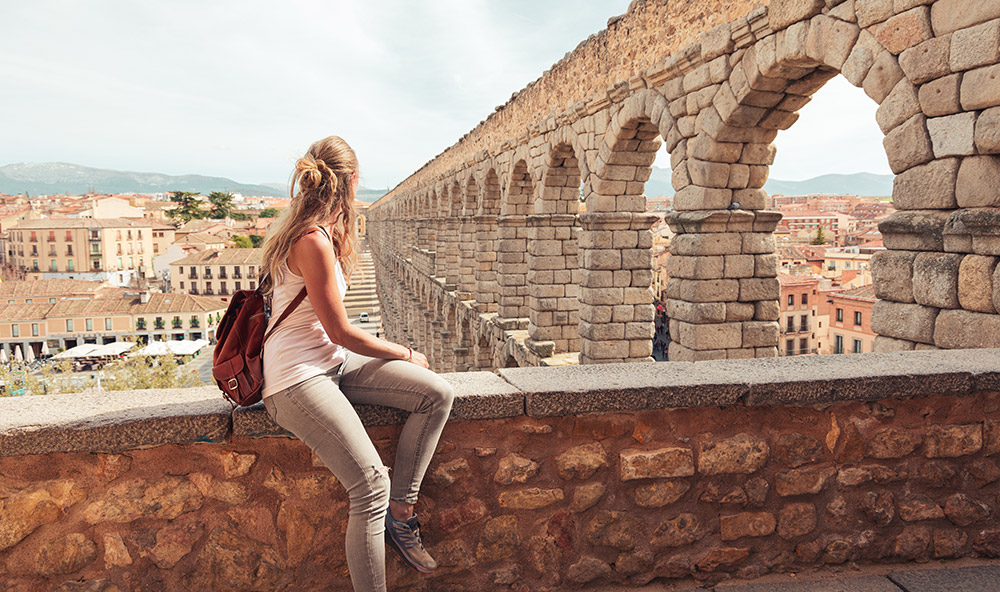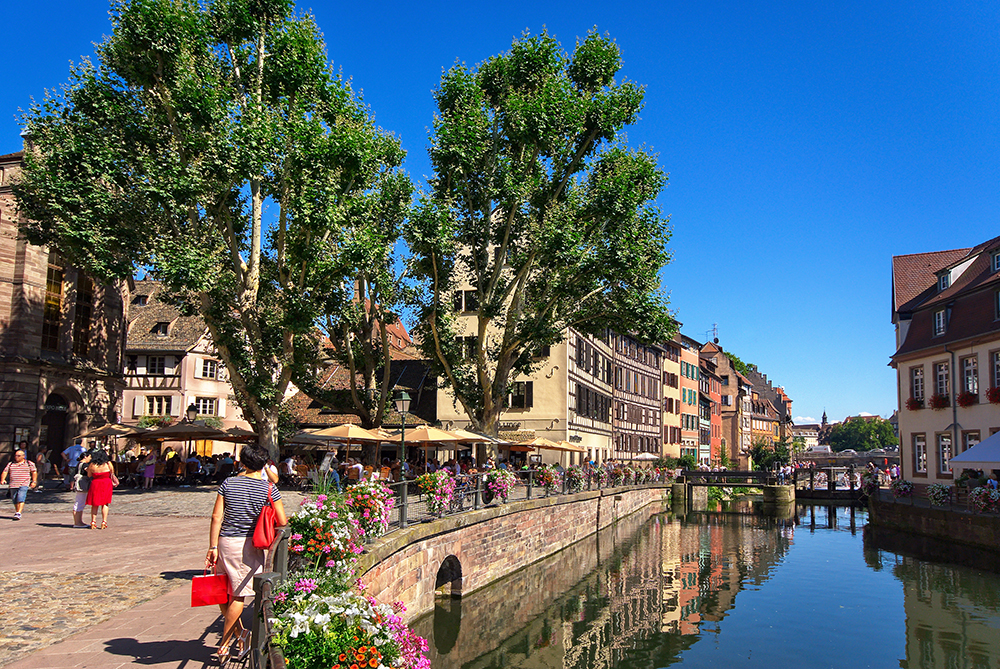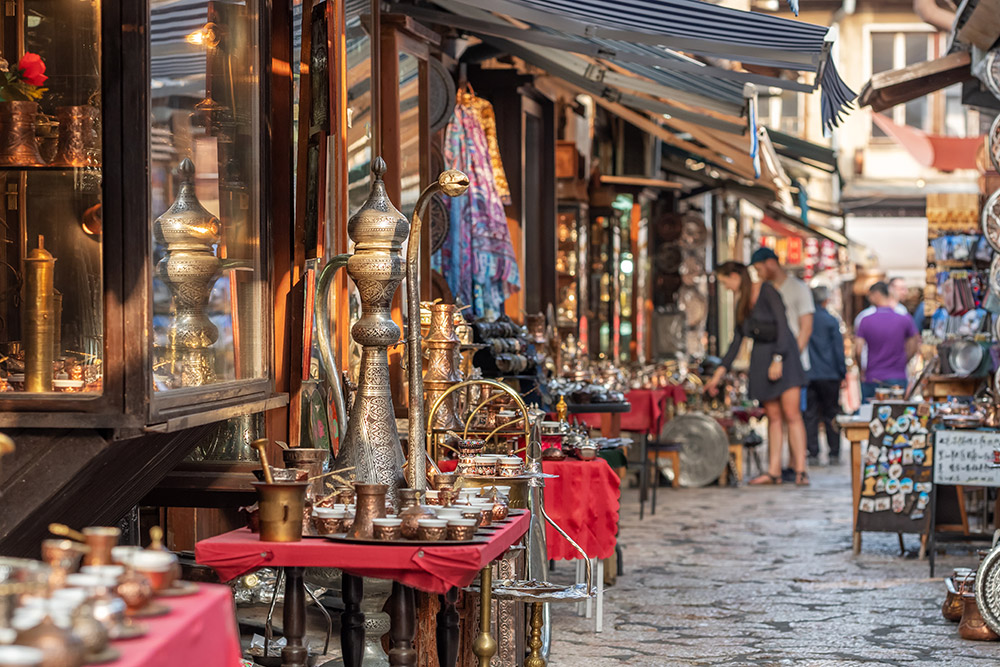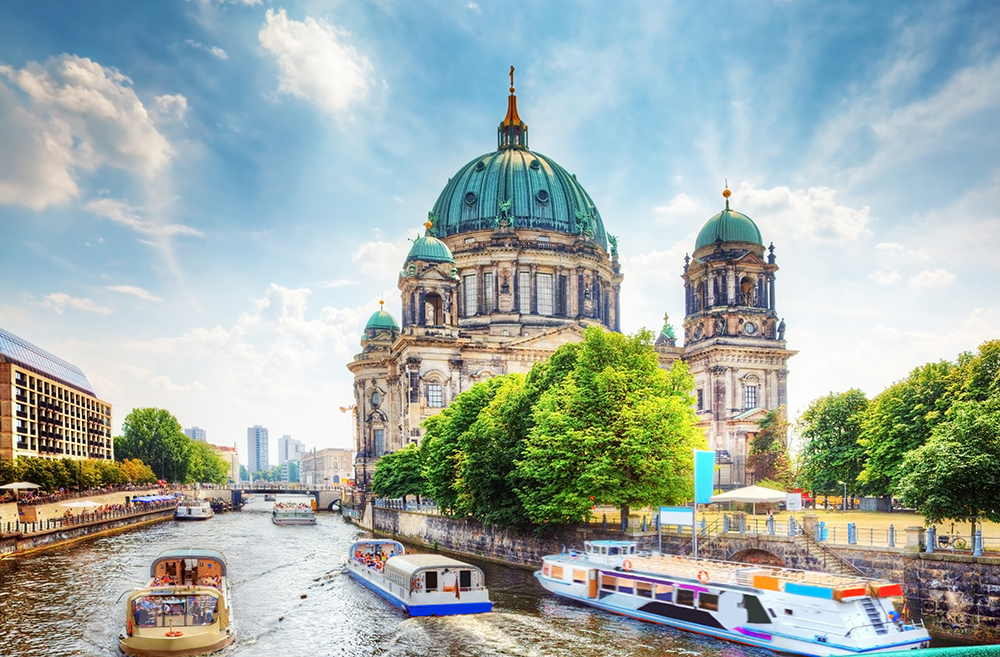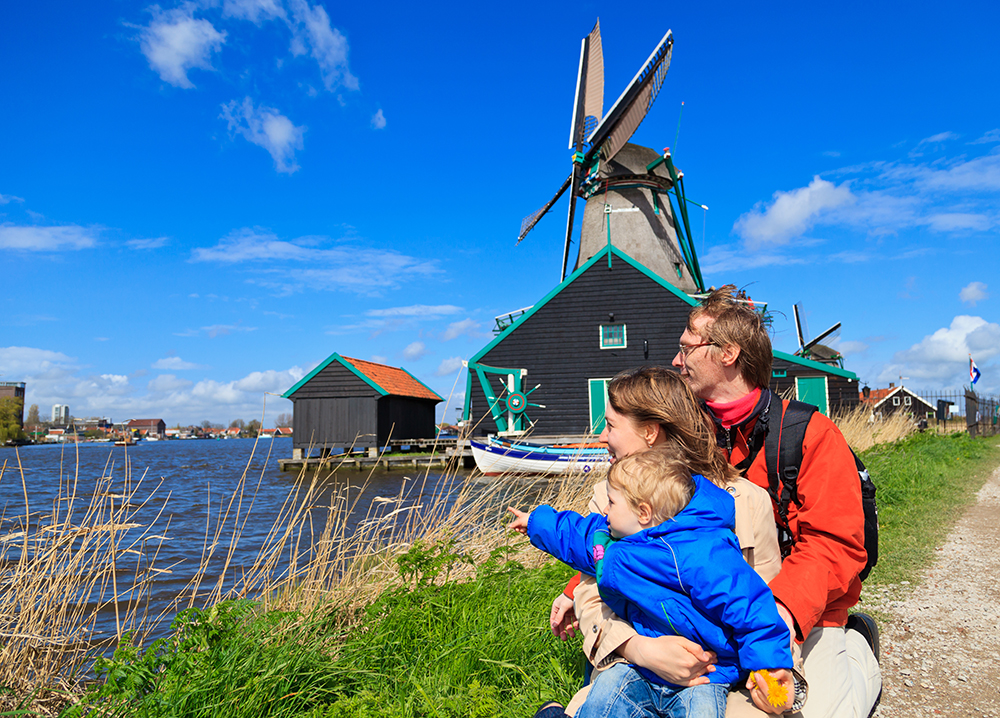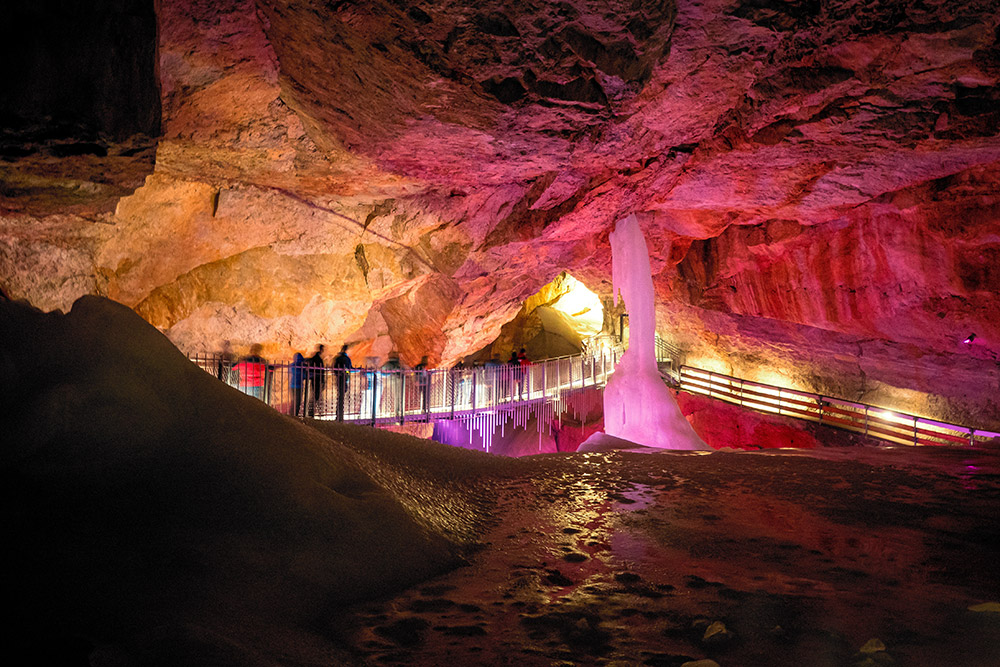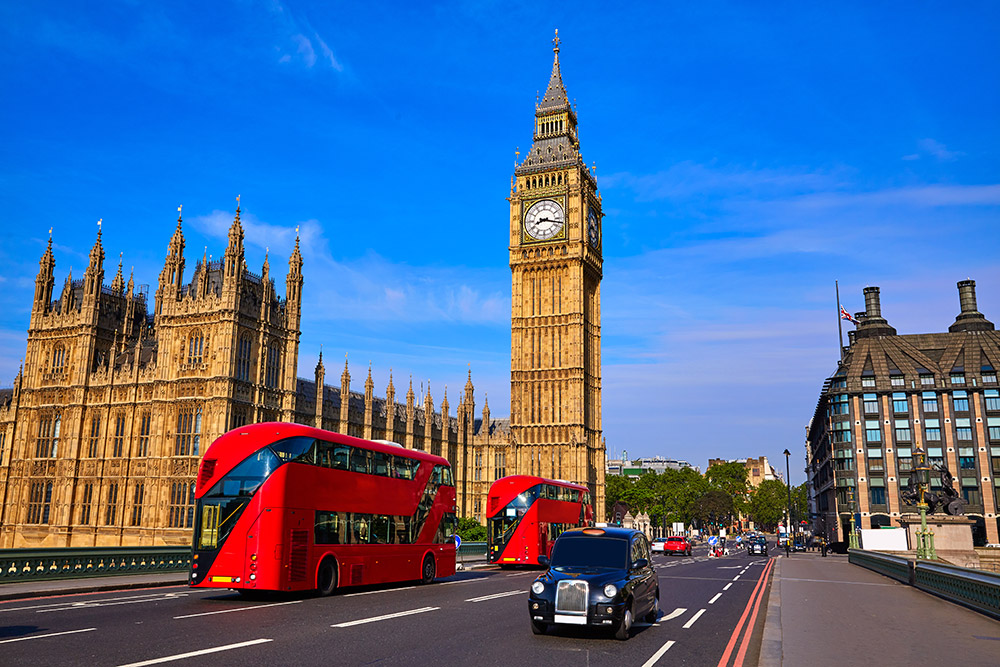Embark on an enchanting Austrian adventure starting in the vibrant capital, Vienna (Wien). Discover the imperial elegance of Schönbrunn Palace and the historic charm of St. Stephen’s Cathedral. Journey south to Graz and immerse yourself in the medieval atmosphere of the old town. Continue to Klagenfurt am Wörthersee for lakeside tranquility, then visit the enchanting Schloss Stein. Traverse the breathtaking Grossglockner Alpine Road, where panoramic views of the Alps unfold on your way to the picturesque Zell am See.
Popular itinerary for a scenic tour of Austria:
The lively city of Innsbruck, brimming with Alpine allure, awaits next. From there, head to the “Eagle’s Nest” (Kehlsteinhaus) in the Bavarian Alps to explore its historical significance against a stunning scenic backdrop. In Salzburg, delight in the city’s rich musical heritage before traveling to the Danube River to stroll through the charming streets of Linz. From Linz, visit the regal Melk Abbey in the magnificent Wachau Valley and encounter the picturesque town of Dürnstein. Conclude your Austrian experience by returning to Vienna (Wien) for a final taste of its grandeur.
This recommended 9-day itinerary covers approximately 808 miles. Please note that some routes and sites mentioned are closed during the winter season.
Day 1: Vienna (Wien)
The first day of the tour will focus on exploring Vienna’s city center on foot. Begin at Universitaring, a section of the Ringstraße (Ring Road) that encircles Vienna’s historic center. As you stroll along this grand boulevard, you’ll pass by significant landmarks such as the University of Vienna, museums, and cultural institutions. Admire the magnificent façades of these buildings, representing a range of architectural styles from Renaissance to Baroque, each reflecting Vienna’s rich historical and artistic legacy.
Next, admire the Rathaus (City Hall), an exquisite example of neo-Gothic architecture, standing proudly in all its splendor. Continuing your journey, you’ll come to the Austrian Parliament Building, designed in the classical Greek style, serving as the seat of the National Council and the Federal Council. As the boulevard curves around the Museumsquartier near Maria Theresien Platz, pause to appreciate the statue of the esteemed Habsburg Empress Maria Theresa at the center.
As you cross the boulevard, you’ll enter the imperial courtyard of the Hofburg Palace through the Äußeres Burgtor (Outer Castle Gate). This former imperial residence of Vienna boasts a vast complex housing several captivating attractions. Explore the Sisi Museum, showcasing the treasures and writings of Empress Elisabeth (fondly known as Sisi), and the Imperial Treasury Museum, where the magnificent treasures of the Habsburg dynasty are on display, including royal artifacts, crowns, jewelry, and historical relics that recount tales of imperial opulence.
Next, make your way to the Spanish Riding School (Spanische Hofreitschule) and Kohlmarkt, a street lined with luxury boutiques. Don’t miss the opportunity to visit Demel Café, renowned for its rich tradition of exquisite pastries and coffee culture dating back to the late 18th century. Wander along the expansive Graben Street and marvel at the magnificent Plague Column (Wiener Pestsäule). Then, pay a visit to St. Stephen’s Cathedral, a towering architectural marvel that has graced Vienna’s skyline since the 12th century. The vicinity around the cathedral is teeming with shops, malls, cafes, and restaurants.
Continue down Dorotheergasse until you reach the Albertina Museum, renowned for its vast collection of graphic art. With diverse exhibitions and galleries, the museum offers a journey through centuries of artistic evolution in graphics, prints, and etchings. Discover masterpieces by renowned artists such as Dürer, Rembrandt, Michelangelo, Picasso, Schiele, Klimt, Kokoschka, and Kirchner. A short distance away stands the 19th century Vienna State Opera, representing the pinnacle of Vienna’s artistic excellence and rich cultural heritage.
Spend the night in Vienna.
Day 2: From Vienna (Wien) to Graz
The morning will be dedicated to exploring Schönbrunn Palace (Schloss Schönbrunn), a UNESCO World Heritage Site renowned as one of Europe’s most significant palaces. Dating back to the 17th century, it served as the summer residence for Habsburg monarchs, including Empress Maria Theresa. The palace boasts exquisite Baroque architecture, opulent interiors, and meticulously landscaped gardens. Wander through its majestic halls, adorned with intricate decorations like the Great Gallery and the Hall of Mirrors, epitomizing the splendor of the Habsburg dynasty. Outside, the expansive gardens, featuring statues and fountains, offer a scenic retreat and are home to the world’s oldest zoo.
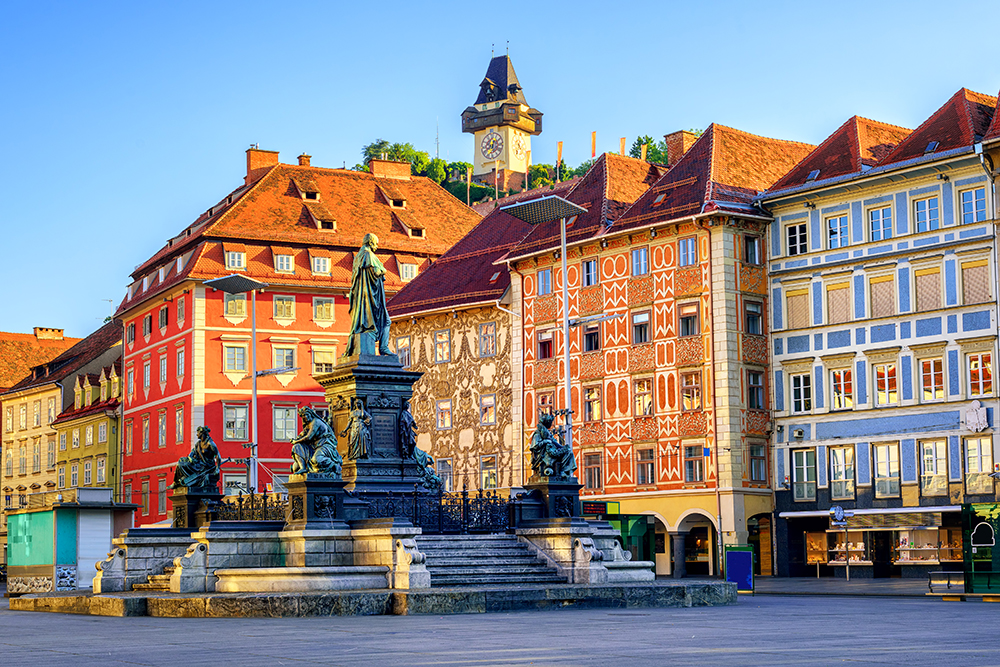
From there, travel approximately 118 miles along Highways 65E and 2A to the city of Graz, situated on the Mur River and at the foot of a fortress. Graz is a designated National Heritage Site and was once considered the European Capital of Culture. The old town of Graz boasts no fewer than 1,000 historic buildings dating back to the 14th to the 17th centuries in various styles, from Gothic to Baroque. These are interspersed with ultra-modern structures, creating a striking architectural contrast. Spend the rest of the day strolling through the streets of the Old Town, where you’ll encounter the unique architecture of the Kunsthaus Graz museum, often referred to as the “Friendly Alien.” Its whimsical, organic design resembling a marine creature is captivating both day and night with its unique light display.
Spend the night in Graz.
Day 3: From Graz to Klagenfurt am Wörthersee
This morning, ascend to the Schlossberg Fortress in Graz, which stands atop a rock rising about 394 feet high. In the mid-19th century, it became public property, with gardens planted and a clock tower with a 16-foot diameter clock built. The tower and its surroundings offer stunning panoramic views. The castle museum showcases the history of the city, and the network of tunnels, most of which were dug during World War II when the site served as a control center, features vaults and a cannon hall providing photogenic views of the city below.
After visiting the fortress, travel approximately 81 miles along Highway 2A to the city of Klagenfurt am Wörthersee to visit Minimundus. Spanning 280,000 square feet, this miniature model park showcases meticulously crafted replicas of renowned buildings, trains, bridges, ships, and other captivating structures from across the globe, all rendered in intricate detail at a scale of 1:25.
After the visit, continue on Highway 2A for another 25 miles to the city of Villach to spend the night.
Day 4: From Villach to Schloss Stein, Grossglockner, and Zell am See
Travel along Highway 100 for about 53 miles until you reach Schloss Stein, an exquisite Renaissance-Gothic style castle that commands breathtaking panoramic views of the Drava River valley. After your visit to Schloss Stein, return to Highway 100 and continue for approximately 15 miles until you reach the junction with Highway 107, which leads to the renowned Grossglockner Alpine Road. This iconic 31-mile route winds through the majestic Alps, offering awe-inspiring views of the alpine landscape that reach elevations of around 8202 feet. Please note that it is usually closed during the winter months due to harsh weather conditions.
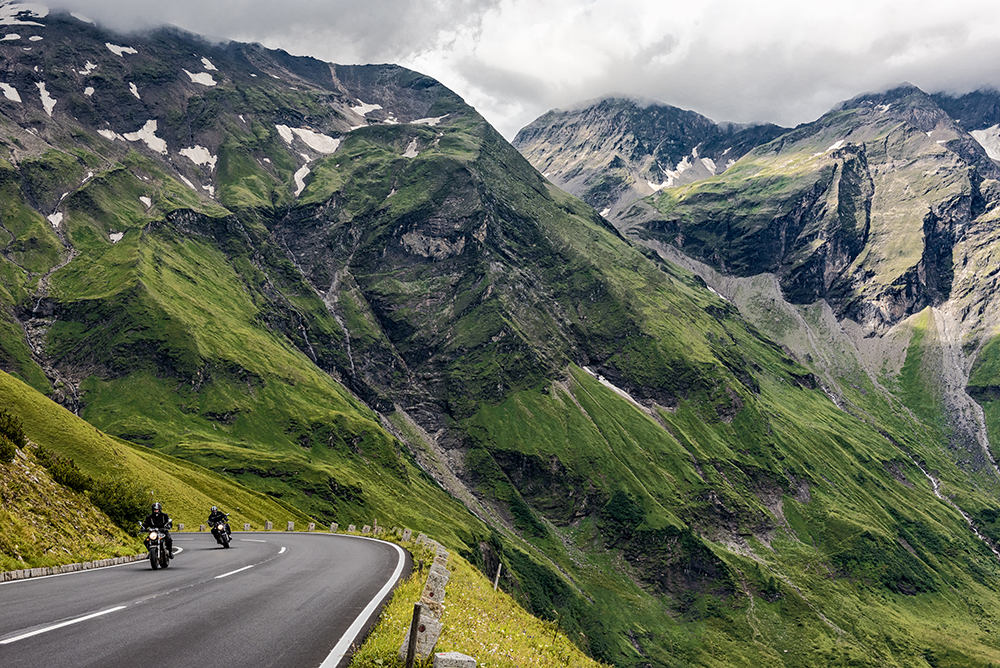
Upon descending from the mountain heights, you’ll find yourself in the enchanting town of Zell am See, where you can explore its historic old town and unwind in the tranquil and picturesque lakeshore surroundings.
Spend the night in Zell am See.
Day 5: From Zell am See to Innsbruck
Journey along picturesque Highways 165 and 169, covering approximately 90 miles, until you reach Innsbruck, nestled in the heart of the Tyrolean Alps. Set within the stunning Inn Valley, Innsbruck is embraced by towering mountains soaring to heights ranging from 7218 to 8858 feet. Explore the city’s medieval heritage at the Turmwachter, a watchtower dating back centuries. Ascend its 133 steps to reach the observation deck, offering panoramic vistas of the city and its majestic surroundings, much like the watchmen and fire lookouts did over 400 years ago.
Adjacent to the tower lie the historic Old Town Hall and the iconic Golden Roof (Golden Dachl), adorned with approximately 2,600 gold-plated copper shingles. Dating back to around 1500, this architectural marvel showcases 12 stunning reliefs of Moorish dancers. Continue your exploration to the splendid St. James Cathedral, a Baroque masterpiece dedicated in 1724, located amidst the quaint alleys of the old town. Spend the remainder of your day leisurely wandering through the picturesque streets and soaking in the charm of Innsbruck’s historic center.
Spend the night in Innsbruck.
Day 6: From Innsbruck via Kehlsteinhaus to Salzburg
Today’s journey spans approximately 100 miles along Highways 45E, 178, and 305, leading to the iconic “Eagle’s Nest” (Kehlsteinhaus) perched atop the Bavarian Alps. Originally constructed as a teahouse to commemorate Adolf Hitler’s 50th birthday, the Kehlsteinhaus is both a historical monument and an architectural wonder. Offering breathtaking views of the surrounding mountains, it serves as a poignant reminder of its dark past during World War II, now attracting tourists seeking to witness its stunning panoramas and contemplate its somber history.
Following the visit, descend towards Highway 1A for about 18 miles until you reach the enchanting city of Salzburg. Salzburg retains the charm of its ecclesiastical past as a former city-state within the Holy Roman Empire. Its skyline is adorned with spires and domes, while its narrow streets and bustling markets evoke a sense of timeless elegance. Salzburg holds a special place in the history of music, being the birthplace of the legendary composer Wolfgang Amadeus Mozart in January 1756, whose early works were undoubtedly influenced by the city’s ambiance.
Explore Salzburg Cathedral, a magnificent example of Baroque architecture with hints of Rococo embellishments, and don’t miss the DomQuartier Museum, a must-visit for enthusiasts of Baroque art and design. Here, you’ll discover a fascinating array of decorative elements, from intricately adorned items to exquisite furniture, candelabras, and artworks, providing insight into Salzburg’s rich artistic heritage from the 17th and 18th centuries. Conclude your day in the Old Town, savoring its diverse culinary offerings, and charming cafes as you immerse yourself in Salzburg’s timeless atmosphere.
Spend the night in Salzburg.
Day 7: From Salzburg to Linz
Begin your day with a trip to Hohensalzburg Castle, a fortress that has towered over the city for nearly a millennium. The castle has undergone expansions and fortifications over the centuries, offering full protection to its inhabitants. Today, it serves as a museum of the archbishops and boasts stunning views of both the cityscape and the majestic Alps. Ascend to the castle either by foot or via the funicular for a memorable experience.
After visiting the castle, travel approximately 80 miles along Highway 1A to Linz, Austria’s third-largest city. Although primarily an industrial city, Linz boasts a charming old town center that stretches along a central thoroughfare spanning about a mile, extending from Nibelungen Bridge to the theater adjacent to the train station. Dominating the impressive main square is the “Trinity” Column, a towering white marble monument erected in 1716 as thanksgiving for the city’s survival during the plague. At the top of the column stands Santa Maria Immaculata.
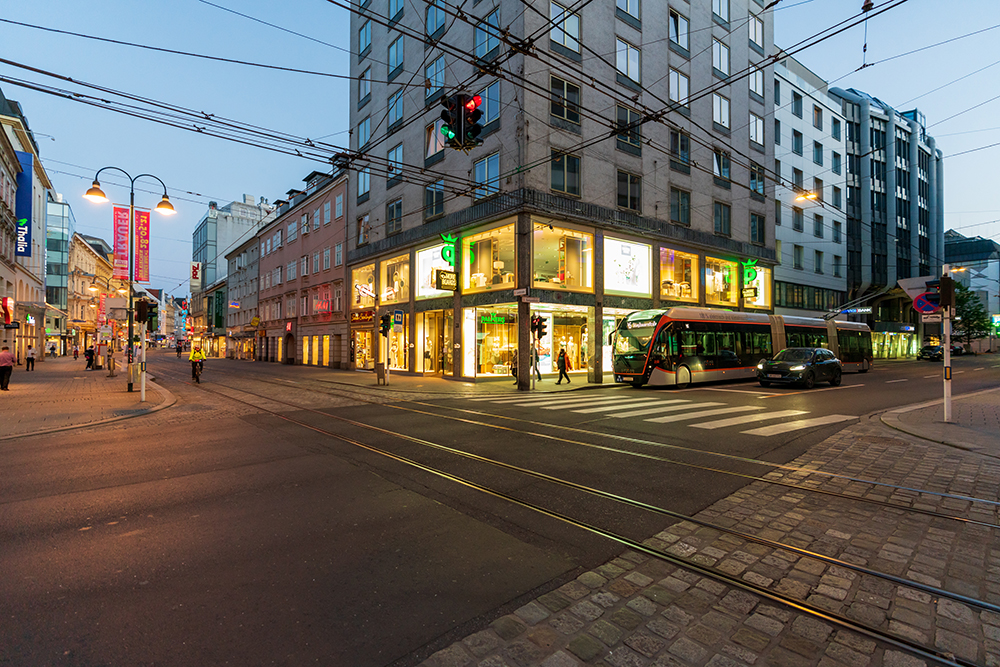
Marvel at the Feichtinger House, distinguished by its upper facade adorned with 19 bells that play musical pieces by Austrian composers. Each musical segment lasts four minutes and is played three times a day. Take a leisurely stroll to the old cathedral, a Baroque masterpiece constructed in the 17th century. In the evening, explore Landstraße, a bustling shopping district that beckons with its array of boutiques, three malls, and flagship stores.
Spend the night in Linz.
Day 8: From Linz to Melk
Head towards the town of Melk, approximately 62 miles from Linz on Highway 1A. Upon arrival, park at the Melk Abbey parking lot. This Benedictine monastery was founded in 1089 by Leopold II, Margrave of Austria, and quickly became one of the most important cultural and educational centers in the region. Perched majestically atop a hill, the colossal Baroque-style structure commands a breathtaking view of the Danube River. Entry is by guided tour only, which covers the monastery’s treasures, its impressive rooms with ceiling and wall paintings, and the ancient library containing over 90,000 volumes, many from the medieval period. Throughout the 18th and 19th centuries, the monastery played a pivotal role in Austria’s cultural and intellectual milieu, hosting luminaries such as Goethe, Mozart, and Haydn. Today, the abbey is a UNESCO World Heritage Site, welcoming visitors year-round.
Following your exploration of the abbey, descend along a winding path to the quaint town below, brimming with vibrant shops, cozy cafes, and inviting restaurants.
Continue your journey by driving through the scenic Wachau Valley. After an approximate 18-mile drive along Highway 3, tracing the north bank of the Danube River, you’ll reach the picturesque town of Dürnstein. Renowned for its historic castle, where Richard the Lionheart, the English king, was famously held captive in the late 12th century, Dürnstein exudes timeless charm. The ascent to the castle, offering stunning views, is accessible only by footpath.
Dürnstein is a small historic town with colorful flower-adorned houses and a lively shopping street featuring local shops, cafes, and wine taverns offering the region’s renowned wines, particularly the Grüner Veltliner and Riesling varieties. The town is also famous for its apricot delicacies, with orchards abundant in the Wachau Valley, offering everything from fresh fruit to jams and liqueurs.
Following your exploration of Dürnstein, make your way back to Austria’s capital, Vienna, via Highways 5S and 22A, a distance of approximately 50 miles, to spend the night.
Day 9: Vienna
On the final day of your tour, dedicate time to completing your exploration of Vienna with a visit to the Belvedere Palace. A pinnacle of Baroque architecture, the Upper Belvedere showcases an extensive collection of Austrian art, while the Lower Belvedere presents rotating exhibitions and offers a glimpse into the opulent lifestyle of the Habsburg monarchy. The meticulously landscaped gardens linking the two palaces feature ornate fountains, sculptures, and panoramic vistas of Vienna. More than just a marvel of architecture, the Belvedere embodies Austria’s rich cultural legacy, inviting visitors to bask in its historical and artistic splendor.
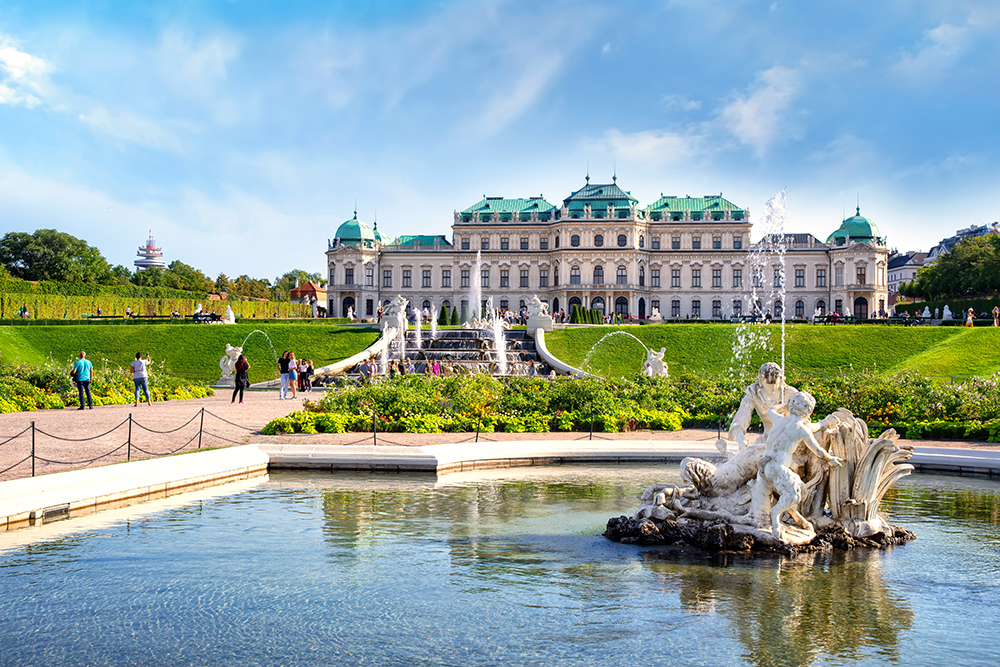
After visiting the palace, explore the experiential museum that presents the artistic and architectural vision of the renowned Austrian artist and architect, Friedensreich Hundertwasser. The museum showcases an exceptional collection of his paintings, graphic works, and architectural designs. Hundertwasser’s unique style, characterized by colorful spirals, irregular shapes, and a deep connection to nature, is vividly displayed, providing a unique sensory experience. In addition to art, the museum offers insights into the artist’s philosophy, emphasizing environmental awareness and the rejection of straight lines. The building itself, designed by Hundertwasser, reflects his unconventional approach to architecture with wavy floors, and irregularly shaped windows.
Conclude your day with a visit to the bustling Naschmarkt. Located in the heart of the city, this vibrant open market has served as a culinary and cultural hub for over a century. It stretches along the Wienzeile, offering a delightful blend of fresh produce, international delicacies, and collectible items. Wrap up your day at one of the many restaurants in the largely covered market, enjoying the diverse culinary offerings.
Spend the night in Vienna.


